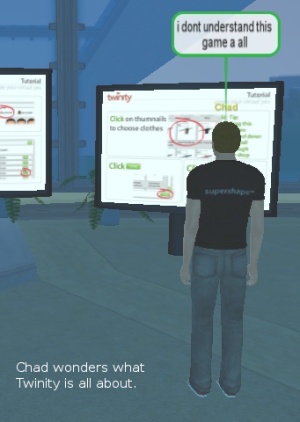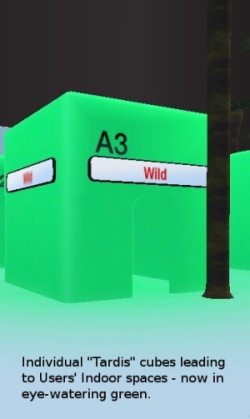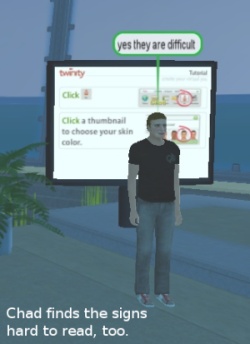I try to avoid hyperbole with new product announcements but it’s hard to avoid at least some excitement over today’s Google announcement of Lively, its virtual worlds product.
A Second Life killer it’s not, but at the very least Lively is likely to be a key driving force towards mainstreaming virtual worlds. You can view the demo here:
Is it original? No – there’s dozens of similar worlds out there. Does it have a superior feature set? Not likely. All that said, its key value proposition will be its integration with web pages, the overwhelming market dominance of Google itself (chances of a Lively demo on Google’s home page anyone?) and the likely blitz of mainstream media coverage not seen since Second Life’s golden media era of late 2006.
Dynamo colleague Feldspar Epstein will have a more detailed walk through Lively in the next 24 hours. In the meantime, what are your thoughts? Will Lively break some ground or be yet another cartoon teen hangout?





Recent Comments